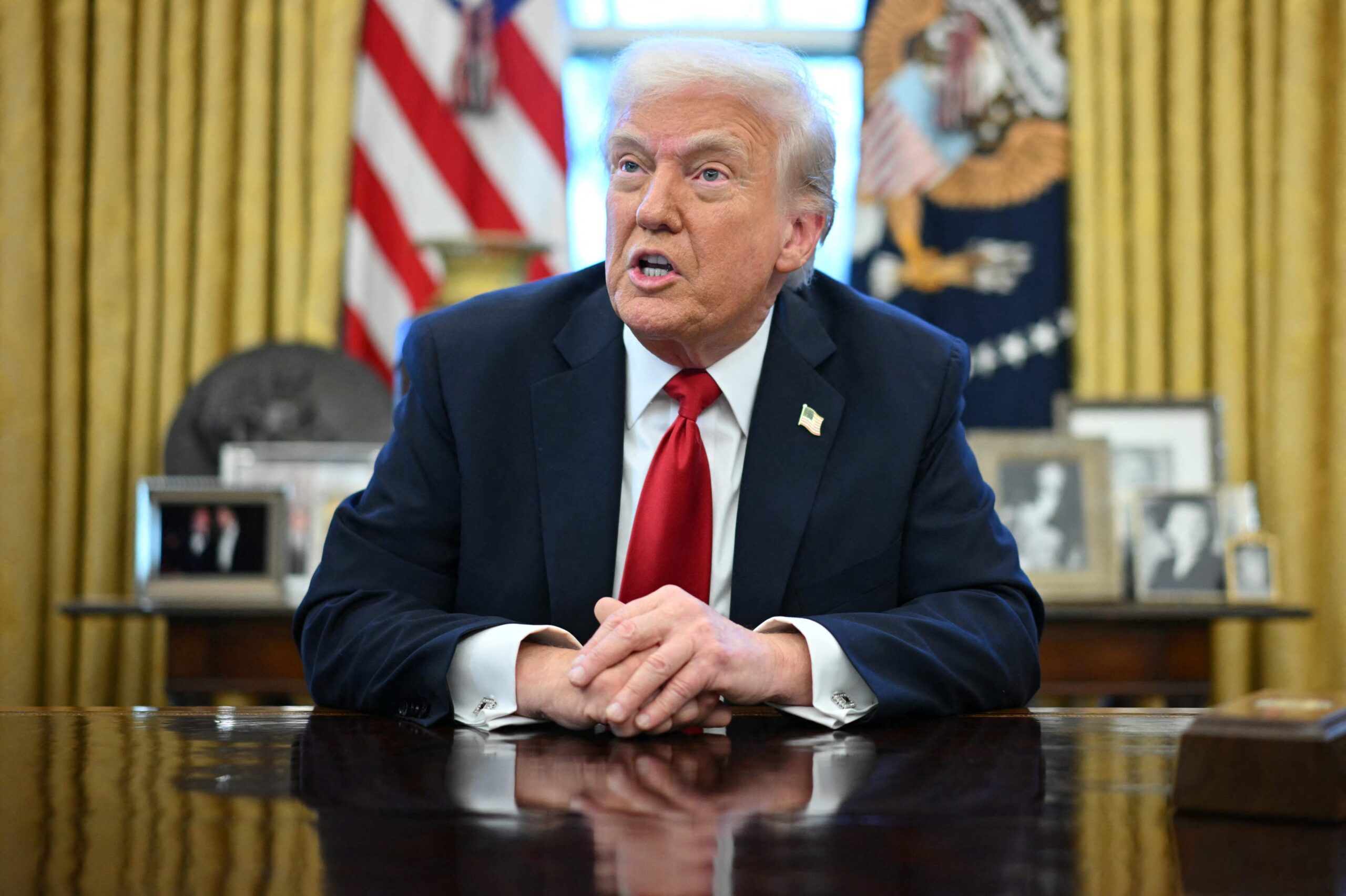Publisher: Maaal International Media Company
License: 465734
WSJ: Moderate US Inflation in May Defies Tariff Concerns
The Wall Street Journal reported that official figures indicating modest US inflation in May defied expectations that the impact of tariffs might begin to show a rise in prices.
The newspaper explained in a report that consumer prices rose 0.1% in May compared to the previous month, less than economists had expected. The annual inflation rate of 2.4% was in line with expectations and close to the four-year low recorded in April.
The Bureau of Labor Statistics of the US Department of Labor reported that the Consumer Price Index increased 0.1% in May after rising 0.2% in April. In the 12 months through May, the index increased 2.4% after rising 2.3% in April. The newspaper noted that companies had been warning for months that they would raise prices in response to the tariffs, and economists had expected tariff-related price increases for items such as cars and clothing to appear in the May Consumer Price Index figures.
اقرأ المزيد
However, the Wall Street Journal noted that the Labor Department report provides no conclusive evidence of this happening. Prices for cars and clothing actually fell rather than rose, raising questions about when the widely anticipated price hikes this summer, predicted by the Federal Reserve and private economists, will occur and whether they will be as severe as some have warned.
It noted that one possible explanation, after the anticipated increase, is that demand is not strong enough for companies to impose price increases on customers, making the tariffs less of a cause of inflation than expected. Another theory is that companies stockpiled large quantities of goods ahead of the expected tariff increases, allowing them to wait until later in the year to test consumers’ ability to accept higher prices. The newspaper quoted Veronica Clark, an American economist at Citigroup, as saying: “Even when we get to the months when the impact of the tariffs is likely to be felt, demand may be so weak that we won’t see significant price increases, because companies can’t really pass on the costs as they’d like.”
She explained that the figures for May don’t tell us much because it’s too early to judge things. She added that if they don’t see a significant impact by late summer or early fall, things will look very different.
The newspaper noted that there has been a rise in the prices of some goods subject to the tariffs, including appliances, auto parts, and audio equipment. However, it noted that the president’s economic advisors have confirmed that the impact of the tariffs will be milder than economists expect because energy prices are on a downward trend this year.
The newspaper quoted experts as saying that although the tariffs imposed by Trump were expected to raise prices, this impact was not clearly felt due to several factors. In addition, companies had stockpiled large quantities of inventory before the tariffs were implemented, and some shipments that were already on their way to the United States when the tariffs were implemented were exempted. Experts added that the US Department of Labor does not collect prices for all goods monthly, but rather every two months for some goods. This means that some effects were not reflected in the May data and may appear later. The newspaper quoted Jonathan Pingel, chief US economist at UBS’s investment banking division, as saying that they had assumed that most of the tariff increases would not actually appear until the summer. Just because they haven’t seen it yet doesn’t mean they won’t see it eventually.
The Wall Street Journal reported that the US Federal Reserve announced its focus on ensuring that any increase in costs doesn’t lead to higher inflation, noting that officials are more vigilant than they have been in the past decade, as inflation has exceeded their target for more than four years. The Fed targets a 2% inflation rate using a different measure, the core personal consumption expenditures index.
According to the newspaper, the Fed is likely to keep interest rates unchanged at its meeting next week, but the Labor Department’s consumer price index figures could influence officials’ economic forecasts and interest rate projections, which will be released after the meeting. These forecasts could help shape market expectations regarding the near-term path to interest rate cuts.
The newspaper believes that if inflation isn’t as disruptive as expected, the Fed may have a path to resume cutting interest rates later this year, especially if signs of weakness in the labor market become more evident this summer.








